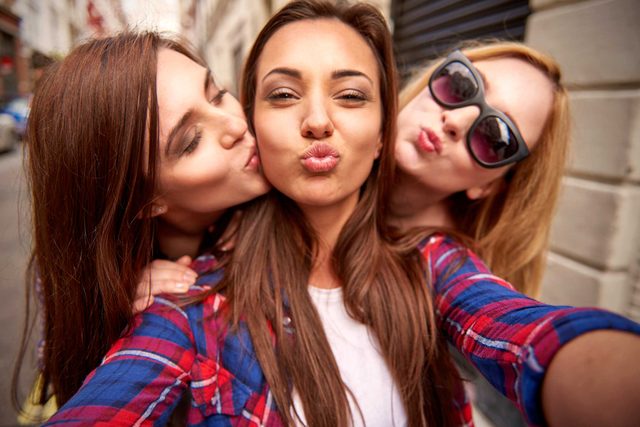
They’re a window into your personality
It turns out that your favorite selfie pose can say a lot about your personality. In a study published in Computers in Human Behaviour, researchers connected self-portrait styles to specific character traits. For example, conscientious people tend to hide the location of their selfies, showing that they’re concerned with maintaining privacy. Those who appear positive and look directly into the camera tend to be more agreeable. Incidentally, those who have a go-to “duck face” pose are more likely to be emotionally unstable. (These tricks will help you look better in photos no matter which pose you strike.)
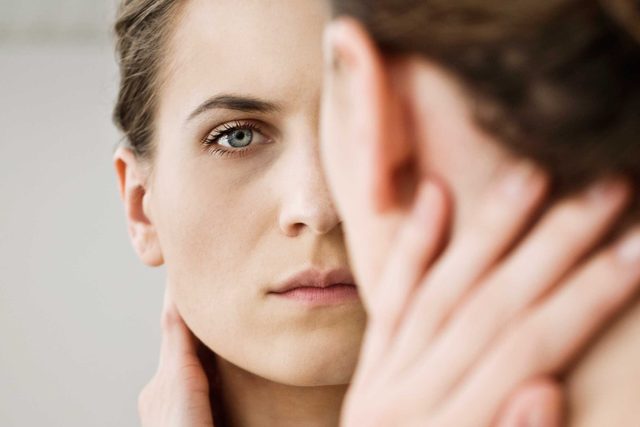
They can be a red flag
Psychologists believe that taking selfies can become a dangerous addiction. More often than not, those addicted to taking and posting selfies are suffering from body dysmorphic disorder, obsessive compulsive disorder, or depression, all of which can significantly interfere with your daily functioning. British psychologist David Veal, PhD, says selfie-addiction is a “mental health issue with an extremely high suicide rate.” Seek help if you feel yourself needing to snap selfies compulsively.

They date back to the 16th century
You might think selfies started with smartphones, but they have a much longer history. The first-ever selfie was painted in 1524 using oil on wood. In “Self-portrait in a Convex Mirror,” 21-year-old artist Parmigianino depicted his own reflection. This young artist had no idea he was 500 years ahead of a booming trend!
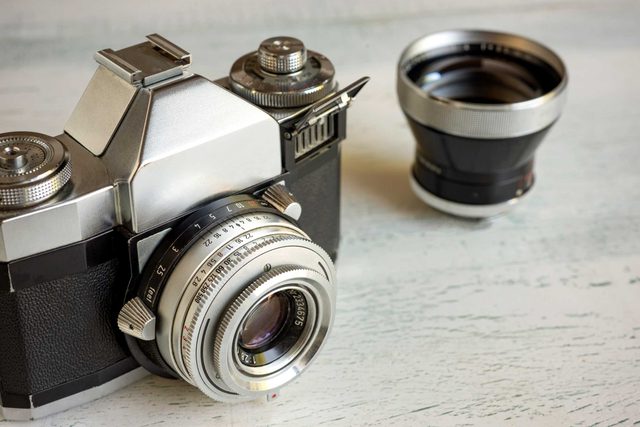
They weren’t always easy to take
Parigianino’s oil painting self-portrait aside, the first photographic selfie as we know it today was taken by Robert Cornelius in 1839. Unfortunately, it wasn’t as easy as tapping his thumb on an iPhone’s front-facing lens. Cornelius had to set up the camera on a stand, remove the lens cap, run into the frame, sit for five minutes, then sprint back and replace the cap. In this exhausting process, he took what is believed to be the first photographic self-portrait.
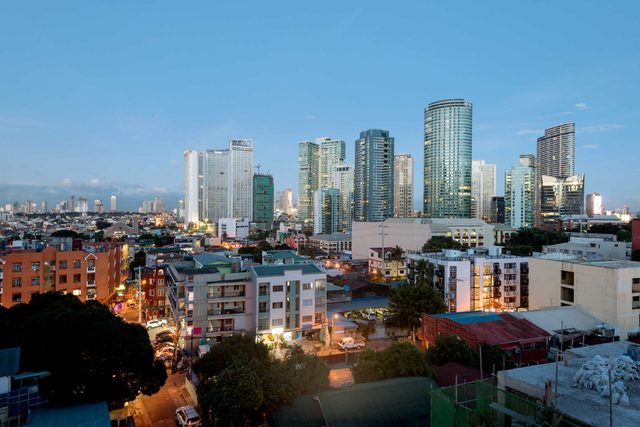
Some cities take more selfies than others
Though selfies are a global phenomenon, it turns out that some cities produce more than others. Time investigated the geography of selfie-snapping by building a database of more than 400,000 digital self-portraits with the caption, “#selfie.” They then mapped out the photos’ geographic coordinates and managed to rank 459 cities based on the number of selfies they generated. The study concluded that Makati City in the Philippines is the ‘Selfie Capital of the World,’ followed closely by Manhattan and Miami.
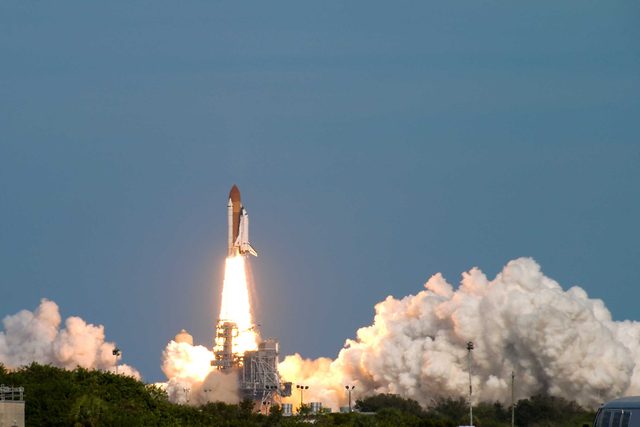
They’re not only taken here on Earth
Everyone loves an exotic selfie, including NASA’s astronauts. Believe it or not, multiple selfies have been taken in outer space. Buzz Aldrin proudly took the first space selfie during the Gemini 12 mission in 1966. That’s one small step for man, one giant step for self-portraits.
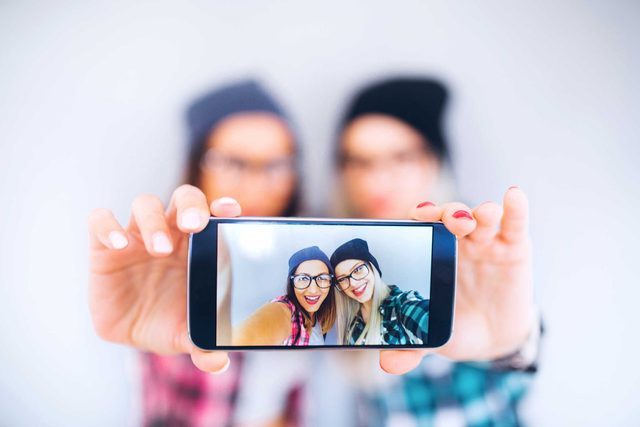
Women take more than men
In every city analyzed, women take more cities than men—but the differences greatly vary by area. In Bangkok, women take 55.2 percent of all selfies, which isn’t that much more than men. In New York, however, women take 61.6 percent of selfie snaps, which is considerable. Moscow, by contrast, has the greatest disparity, with women taking a whopping 82 percent of all selfies! It seems Russian men simply aren’t that interested in documenting their own reflection.
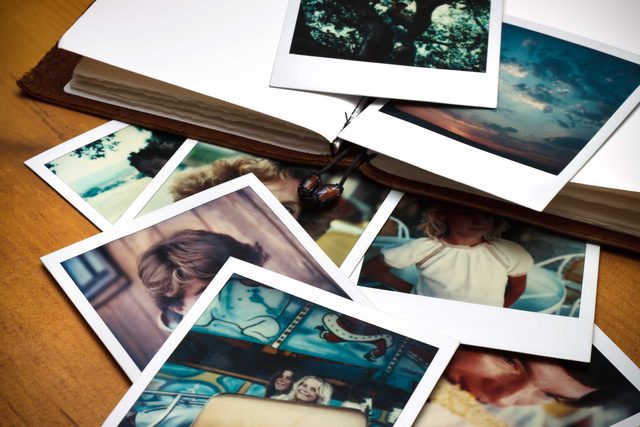
They can make great book material
If you’ve been suffering with writer’s block, perhaps you should follow Kim Kardashian’s example and just fill your novel with selfies. In May of 2015, Kardashian published a book called Selfish, which is 448 pages long and comprised entirely of her favorite selfies. Sound absurd? Apparently not. Selfish quickly became a New York Times bestseller.
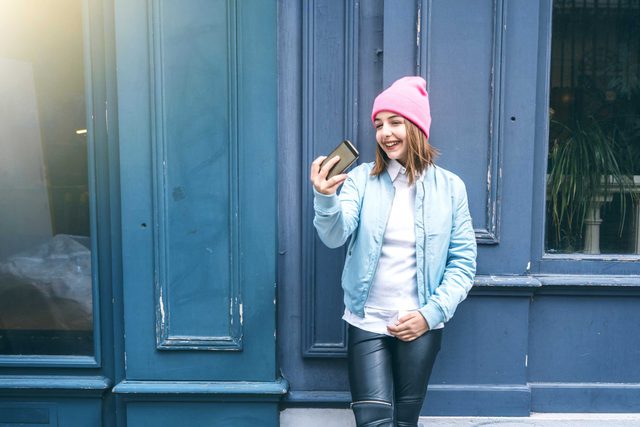
It’s a young person’s sport
As one might expect, selfies are especially favored by the millennial generation. The average age of selfie-takers is 23.6. However, this average may soon take a dip, as preteens are gaining momentum, snapping more digital self-portraits every year.
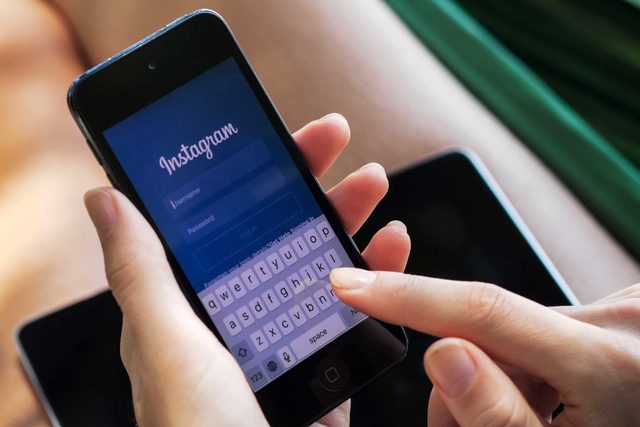
They’re all about the hashtag
As selfies have grown in popularity over the last few years, the corresponding hashtag has remained their official label and link. According to Instagram, the first ever photo captioned with “#selfie” was uploaded by a Jennifer Lee on January 16, 2011. Since then, Instagram has had over 227 million self-portraits posted with the same hashtag—and that number grows by the minute.
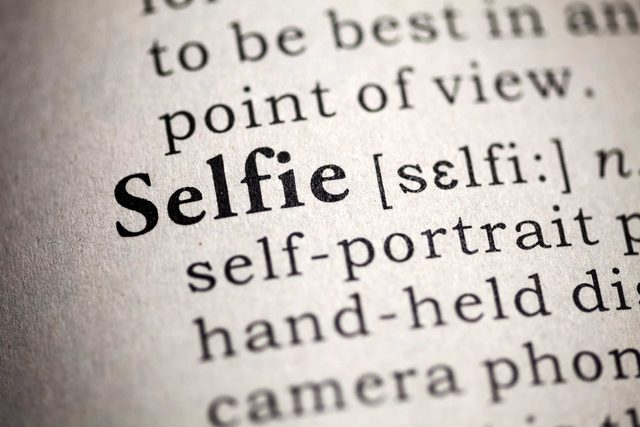
It’s been the word of the year
In 2013, “selfie” was named The Oxford English Dictionary’s Word of the Year. Most years, there will be some disagreement or debate over which word should receive the honor, but in 2013, ‘selfie’ was chosen almost unanimously and expected from the start. And how could they not choose it? Selfie’s usage in the English language had increased by 17,000 percent that year alone.
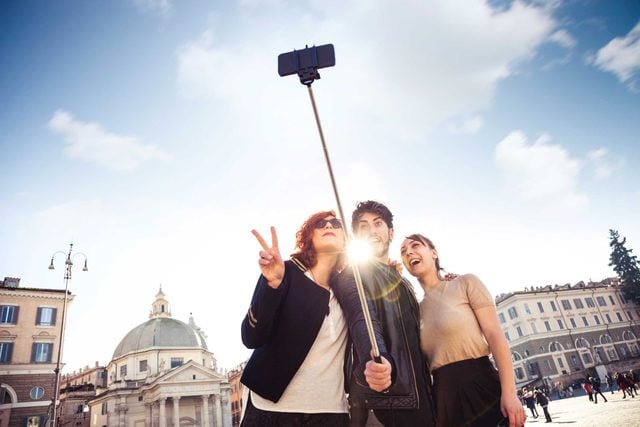
They aren’t always welcome
There has been a growing ban on selfie-taking, specifically when using selfie-sticks as tools. Disneyland’s Paris, Hong Kong, and American theme parks have forbidden the use of selfie sticks on their premises. The Palace Museum in Beijing and the Sistine Chapel in Italy have done the same. Even festivals like Lollapalooza in Chicago and Coachella in California have called for a halt. It looks like visitors will have to document their fun the old fashioned way: by extending their arms. These genius tips can help you snap better photos with your smartphone—no selfie stick required.
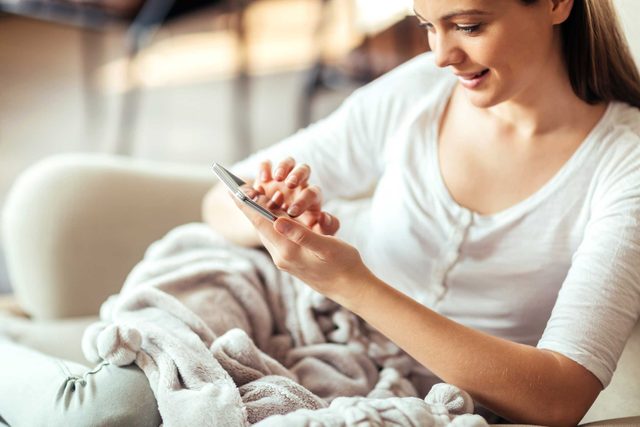
They aren’t always what they seem
The purpose of a self-portrait is to reflect your true self in a moment worth capturing. Sadly, it seems online selfies, more often than not, don’t actually portray reality. According to a recent survey, 68 percent of selfie-takers admitted to editing their photos before sharing online. This number is up from 48 percent of people who admitted to doctoring their selfies in 2014, suggesting that the pressure to appear perfect has only increased.
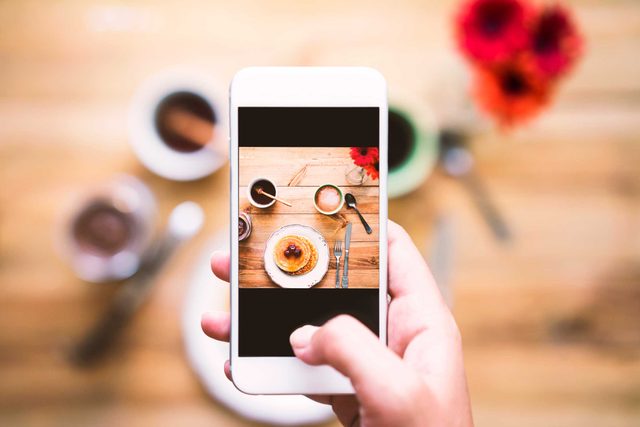
They’re not the majority
Although selfies may seem to be every other picture you encounter online, they fortunately aren’t the majority of all photos taken. In fact, people take selfies far less than we assume. Only 4 percent of all images are actually selfies (depending on the city). The other 96 percent of photos feature monuments, food, pets, shoes, friends, family, and more.